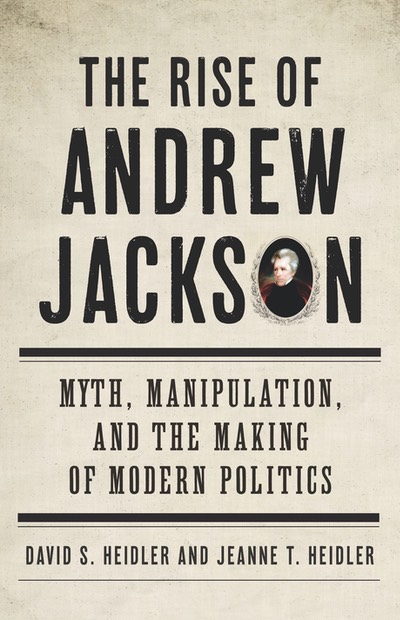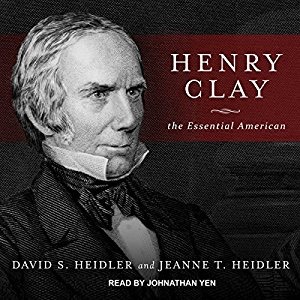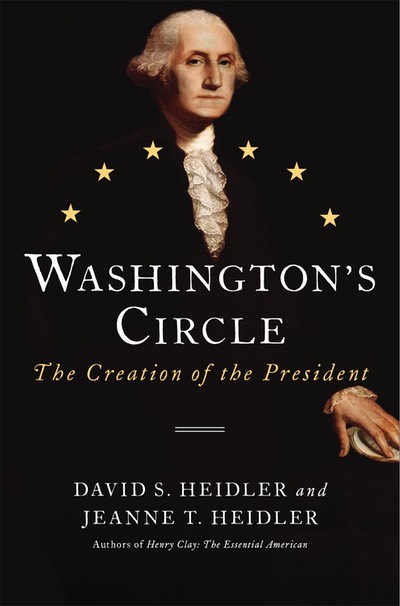On the morning of May 10, 1818, the massive bell in Boston’s King’s Chapel began a sonorous toll. It was the “passing bell” that rang to announce the death of the town’s prominent citizens. Three peals at the start signaled that an adult male had died. Then the bell began a steady toll to count the age of the deceased. Boston paused and listened as the great bell rang and rang and rang for almost two minutes. It finally stopping after the 84th toll. Everyone knew that Paul Revere was dead.
When he died in that spring of 1818, the obituaries that appeared in newspapers were almost exclusively in New England and were brief. Most only mentioned Revere’s name and his age, and they often got his age wrong by a year. Even the lengthiest notices ran less than a hundred words and featured his business activities and charitable work as prominently as his Revolutionary War service. “He was one of the earliest and most indefatigable Patriots and soldiers of the Revolution,” the writers of these anodyne notices vaguely observed. They all lacked any reference to his supposedly famous ride of April 18-19, 1775. If we are to gauge his fame by current knowledge, the event that seemingly defined Paul Revere’s life had been forgotten by his contemporaries.
Well, in truth, many of them had never taken much notice of it in the first place. Paul Revere was a patriot among many patriots, and his part in that April night was overshadowed by the seminal events that occurred after his ride, the clashes between Minute Men and the British army at Lexington and Concord. In short, and in the broader view, Revere’s frantic gallop to warn the Massachusetts countryside was a small part of a larger story, and over the years the man named Paul Revere became little more than a footnote in it. He seemed fated to remain so until Henry Wadsworth Longfellow wrote a poem. It opens “Listen, my children, and you shall hear / Of the midnight ride of Paul Revere,” and from the verses that follow, the man Revere emerges from relative obscurity. Published during the dreadful secession winter of 1860-61, Longfellow’s poem was meant to quicken America’s patriotic pulse as the country contemplated its doom and confronted the likelihood of a fratricidal war. In that regard, Longfellow immortalized Paul Revere for other than biographical purposes, as his closing stanza showed:
In the hour of darkness and peril and need,
The people will waken and listen to hear
The hurrying hoof-beat of that steed,
And the midnight message of Paul Revere.
Longfellow could be said to have rescued a symbol named Paul Revere from obscurity, but he did not really do the man named Paul Revere any favors. Numerous observers have noted how the process of creating an American hero results in turning a single person into two and sometimes even three people. The actual person does something notable and laudable. Then, in the recounting of the deed, the real person becomes something else, an image often shaped by fancy as much as by fact. And because of this, after a time the image falls prey to debunkers intent on setting the record straight, often at the expense of the real person. In the end, that real person is not restored to historical memory but is diminished and and possibly even tarnished. It is how yesterday’s heroes become the victims of today’s cynical scorn.
In some measure, this has happened to Paul Revere. Revision and reassessment focus on the deed that supposedly made him famous to dismiss its importance (there were other men on horseback that night doing the same thing) or to doubt that it even happened at all. And in this process, we risk losing sight of Paul Revere. He was forty-years-old when he spent about ten hours in Middlesex County first shouting his alarms and then watching the war begin. He had already lived half his life by the time he spent the span of those April hours in 1775, and afterwards, he had another half of it to go. Who was Paul Revere in the other 735,830 hours of his life?
Up to a point, his story is the same as that of thousands of other Americans who made their way through colonial times with pluck and managed with determination to build a new nation after the Revolution. He was the son of Apollo Rivoire whose Huguenot family fled France after the revocation of the Edict of Nantes. Apollo came to Boston in 1715, a resourceful teenager who learned the metal-smithing trade and opened a modest shop that remained as much and nothing more for the rest of his life. He anglicized his name so that Apollo became “Paul” and Rivoire was recast as “Revere,” and he married into a hearty artisan family and started one of his own, the second child of which was Paul.
Nothing remarkable either in the way of fame or iniquity marked the ordinary, humble lives of these people. Paul the younger grew up “sturdy,” the word at that time to describe a big-boned, muscular boy. He attended Boston’s North Writing School to learn the basics of readin’, writin’, and ‘rithmetic, which by age thirteen was more than enough preparation for him to take his place in the world of mechanics and artisans. He earned extra money with six other boys as a bell-ringer at Christ Church, a job that required two hours of practice a week and rubbed Paul’s palms raw.
With such labor, though, his hands became incredibly strong while remaining amazingly dextrous. By the time Paul Revere the elder died in 1754 at age 52, young Paul Revere at 19 did not despair over a meager inheritance that consisted almost solely of an unblemished name. He had already served his apprenticeship as a silversmith, and he soon opened his own shop as a journeyman. Soon after that, he emerged as a master craftsman whose talent in working with precious metals made him the premier provider of fine things for refined Bostonians in need of flatware, teapots, punchbowls, coffee urns, chafing dishes, sugar bowls, cream pitchers, silver chains, gold cups, salt shakers, pepper pots, and jewelry cases to hold the jewelry he fashioned with delicate finesse. Simply having the name “Revere” on an object made it seem more elegant. His competitors realized this grudgingly. They came to regard a Revere piece as a prototype to copy, and they learned to make it more valuable by touting it to be “in the style of Revere.”
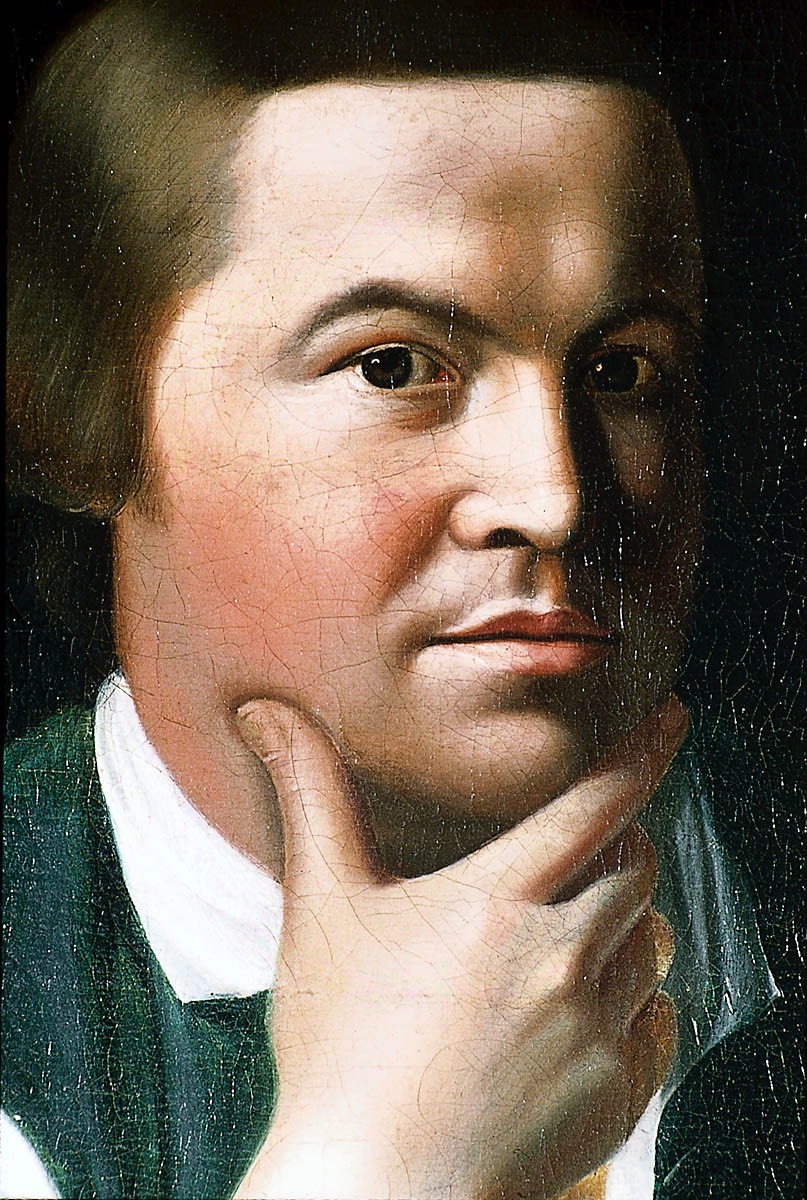
He expanded his trade to make household items for ordinary households. People with small pocketbooks could browse his shop for durable kitchen utensils that would stay in families for generations. There were plain warming pans for plain bedchambers and unadorned andirons for simple hearths. For every soldier commissioning a bright sword engraved with a martial quotation; for every surgeon ordering delicate and precise instruments, scalpels, and spatulas; for every church rector engaging Revere to create an ornate and expensive baptismal bowl, there would be a tradesman wanting an affordable tankard for his pint of beer or a housewife in need of sharp shears. Revere came to his bench each morning before dawn, except for Sundays, tied on his leather apron, pulled up his list of wealthy clients and ordinary customers, and commenced methodically, diligently, and flawlessly to make stuff.
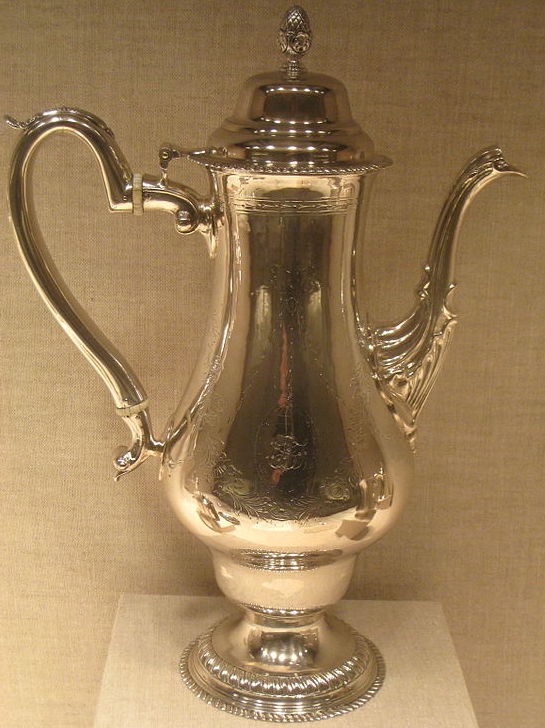
Before the American Revolution, Paul Revere not only made stuff to make a good living but to make a good life. He married a girl he loved, had a house full of children he adored, and found every day chocked full of opportunity. And in that, he was one of the men who had much to lose when protests threatened colonial relations with the king and Parliament. Revere had every reason to keep silent with his head down over his work bench and his hands busy with profitable commissions. Philosophers rattled on to crowds in Faneuil Hall about John Locke and liberty, but what did that have to do with a successful goldsmith at the top of his trade?
But Paul Revere did not see it that way. “If they have a right to take one shilling from us without our consent,” he said, “they have a right to take all we possess.” When he talked like that to his fellow mechanics and artisans, they realized it was a dangerous sentiment that could cost them their lives as well as their livelihoods, but they listened because the words were like his gold and silver — precious, and “in the style of Revere.” His fellow tradesmen nodded.
He joined the Sons of Liberty, and he likely helped throw the British East India Company’s tea into Boston Harbor, the deed that set the course for revolt and ultimately revolution. The Massachusetts Provincial Congress trusted him as a courier to take important communications to the Continental Congress in Philadelphia, and his friend Dr. Joseph Warren trusted him as a messenger on the night of April 18 when the British began the maneuver that would start a war.
He was briefly a soldier during that war, but as a lieutenant-colonel of artillery in the Massachusetts militia, his one campaign ended in a disaster for which he was unfairly blamed, something a court-martial eventually declared. Rather, his best service to the American cause was in the making of things, mostly of metal. He unspiked captured British cannons, repaired broken gun carriages, made hardware for warships, and engraved plates for bills of exchange and provincial currency.
At war’s end, Paul Revere was nearing 50, but his enthusiasms were neither blunted nor narrowed by age. He continued to goldsmith in luxury goods, but he also established a foundry to produce useful ones in greater volume, and it was in pursuing that plan that Paul Revere became more emblematic of America than poets could ever have imagined. Longfellow saw Revere as a fearless rider on a fast horse deciding the fate of a nation in the space of a night. In actuality, Paul Revere’s contributions to his country spanned years as he shaped the fate of its future with metal. He experimented with copper to unearth secrets of amalgams and alloys that made it prettier, stronger, and more durable. Laborious trials marked by numerous errors yielded perfected methods and techniques that brought him fame as well as wealth. Among his numerous commissions, he sheathed the copper dome on the Boston State House and outfitted the restoration of the USS Constitution with alloys in such a way as to revolutionize ship building.
The aproned mechanic with the strong but deft hands put his children into good schools, and saw a son graduate from Harvard to become one of America’s most renowned physicians. Another son, whom Revere had named after his friend and hero Joseph Warren, became his business partner in the firm of Paul Revere & Son. The business proved adaptable and thus immortal in the annals of American industry. It manufactures Revere Ware to this day.
The company Paul and his son Joseph Warren Revere founded was also guided by its patriarch’s artistic soul. Paul Revere found a way to make music with his metal in the form of bells: massive ones for churches, medium ones for courthouses, small ones for school houses, sharp ones for ships, and melodic ones for chapels. There would be almost 400 in all, some of which still ring in New England belfries or grace museums all over the world as treasured artifacts.
The bell in King’s Chapel that announced his passing on May 10 two centuries ago was the largest that Revere & Son ever cast and was the last the patriarch personally superintended in the making. Bell founding is an art as well as a science, and in the casting of them, Paul Revere found something that resonated with his heart. A bell must be able to sing in a voice that carries and suffer repeated blows without breaking. His bell in King’s Chapel does so even now, for Paul Revere built things to last forever. His country was among them.
